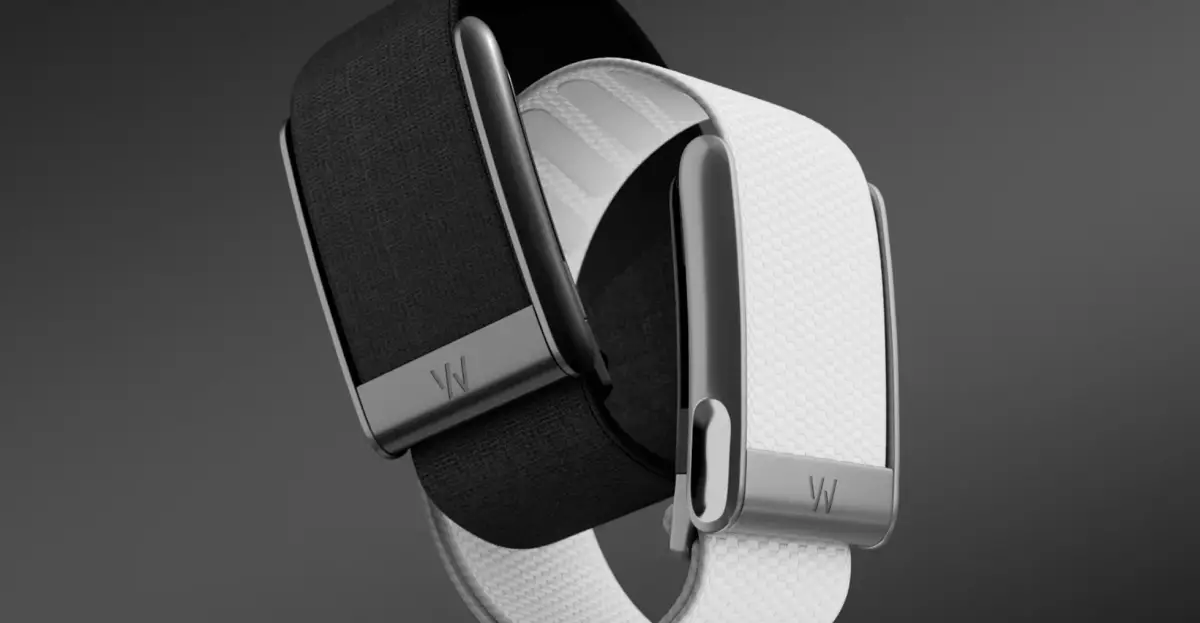In a world increasingly focused on health and wellness, technology has become an essential ally in monitoring fitness. One of the front-runners in this sector is Whoop, particularly with its recent launch of the Whoop MG, dubbed “Medical Grade.” Designed to provide extensive health data—including EKG analytics and blood pressure insights—this new fitness tracker is the subject of heated discussions among its user base. However, the emergence of functional issues has thrown a wrench into the initial excitement. Instead of heralding a new era, the Whoop MG has become a case study in customer frustration and miscommunication.
Glitches from Day One
Reports have surfaced that users experience unresponsiveness within mere hours of unboxing their Whoop MG devices. Imagine the anticipation of receiving a high-tech tracker, only to have it fizzle out unexpectedly—this is the experience that many customers have voiced in online forums. One user recounted their tracker ceasing to function after just eight hours of operation, while others reported similar experiences occurring even sooner. Such premature failures have led to a chorus of dissatisfaction, suggesting systemic issues in quality control or design.
The initial troubleshooting advice provided by Whoop—basic actions like charging the device or resetting it—proves ineffective. This has left many customers feeling unheard and frustrated, further exacerbating their disappointment. In an arena where trust in technology is paramount, the fallout from these complications is a significant concern for Whoop’s reputation.
Replacement Strategy: Proactive or Premature?
In light of the reported glitches, Whoop began a somewhat controversial strategy: proactively replacing the MG trackers. While the intent behind this initiative may be rooted in a desire to maintain customer satisfaction, the execution raises questions. Reports indicate that replacement devices are shipped to users even in instances where no problems had been reported, causing confusion and frustration. Many users have taken to social media and community forums to express disbelief at receiving replacements they did not request.
This approach raises critical questions about the company’s communication strategies. For a brand that relies heavily on its community and user experience, the absence of transparency surrounding these proactive measures can lead to further engagement issues and mistrust among users. Imagine receiving a package that you did not order, leaving you questioning whether your original device was truly defective or if the company is merely trying to avert any potential backlash.
Membership Confusion: A Trust Erosion?
Adding to the tumult of dissatisfaction is the recent membership controversy surrounding the transition to Whoop 5.0. Earlier communications suggested that users would need to extend their memberships by an additional year to avoid incurring upgrade fees, as opposed to the previous six-month requirement. This abrupt change laid bare a troubling reality for users: that their loyalty could be met with unexpected demands.
While Whoop subsequently backtracked on this policy—assuring customers with at least 12 months of subscription remaining that they would qualify for an upgrade—the initial backlash is still fresh in users’ minds. Such sudden shifts can erode the trust that is foundational in any consumer-technology relationship.
The Importance of Clear Communication
The growing pains of the Whoop MG launch illustrate a vital lesson in the realm of consumer electronics: the need for transparent communication is paramount. When users are left in the dark, it cultivates an atmosphere of suspicion and disappointment. Proactive communication strategies should not only focus on the positive features of a product but also address potential mechanical issues head-on. Whether it’s through reliable customer support or transparent policy changes, maintaining a healthy dialogue with consumers is essential.
This narrative serves as a wake-up call for Whoop and similar companies venturing into high-tech health solutions. The launch of innovative products can usher in exciting possibilities, but if compounded with downside experiences, companies risk alienating their user base. In a landscape characterized by rapidly evolving technology, companies must prioritize not just the innovations they introduce, but also the experiences they cultivate among their users. The Whoop MG experience sheds light on pressing concerns in the consumer electronics space, reminding us that technology and user satisfaction should always go hand in hand.


Leave a Reply